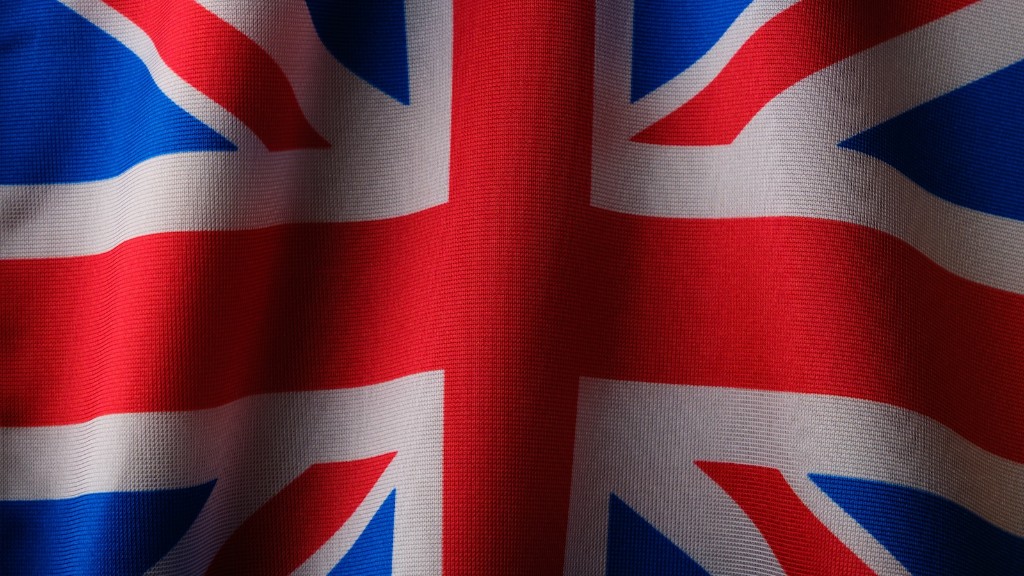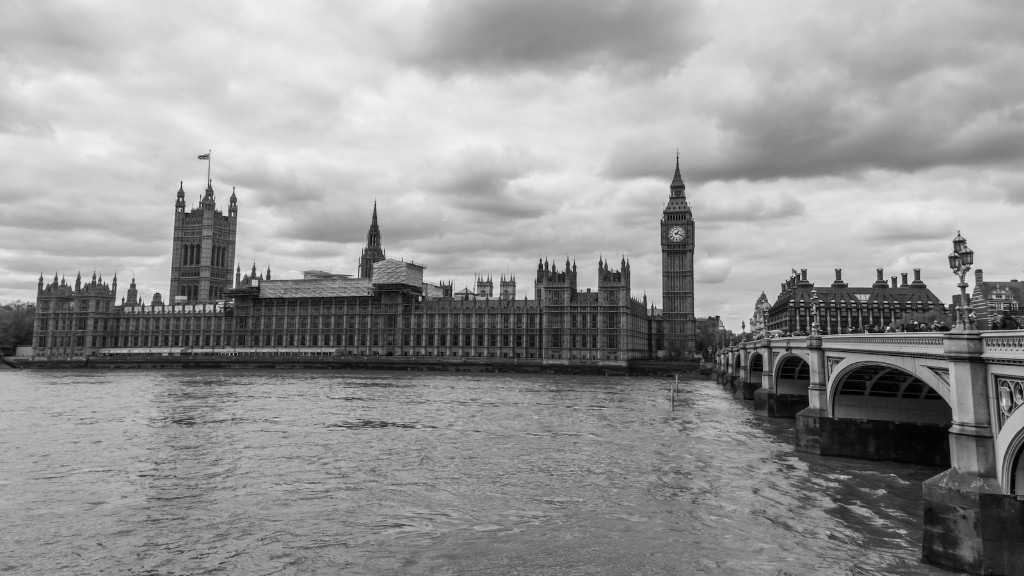Great Britain’s Rule Over India
India was one of the largest colonies of the British Empire and was subjected to the rule of the British Crown for more than two centuries. The East India Company was vested with the responsibility to administer the Indian subcontinent and this led to unprecedented levels of British influence in India. The company received Royal Charter in 1600 AD, and gradually extended its trading activities to the East Indies and Asia. It gradually eliminated other potential rivals in India, including the Dutch trading companies, and by the late 1700s, it had become a major power with its acquired territories.
The rule of the British in India was characterized by paternalism where the British sought to “improve” the social conditions by diminishing the powers of the princely states and introducing changes in civil and criminal law, taxation, land revenue, and infrastructure development in the subcontinent. In 1858, the British assumed complete control of India and the government was centralized in Calcutta, and the term “Raj” (Ruler) was inappropriate to describe the new regime. The form of government that Britain used in India was technically a form of democracy in which the British Crown held ultimate power and control, while the Indian administrators were only enabled with the limited right of self-government.
In the Indian Government, the British Parliament had sole authority in legislating and adopting laws. The Indian legislative bodies were only given the right of giving recommendations and advice to the governor-general regarding internal affairs. The British governor-general remained the ultimate authority in the regard of executing the laws and implementing the national policies. All the executive functions were also directly exercised by the governor-general in India.
The British maintained a presence of two-tiered administration across the Indian subcontinent, relying upon the local leaders for minor internal affairs, and appointing representatives of their own from London for major integration and national decisions. This enabled them to govern India peacefully and maintain law and order. All national and major decisions were reported back to the British government in London, which gave the state complete control over its colony.
The colonialism of British in India had great impact on Indian society and culture, and many of the laws and regulations implemented by the British remained in force even after India achieved independence in 1947. The impact of the British still lingers in the Indian Constitution today, with some elements derived from the colonial practices still applied in modern India.
Political Impact of British India
When the British rule over India began, it brought with it a new form of order, taxation, and control. The British administrators created a Westernized, centralized administration for the governance of the entire subcontinent with the help of competent civil servants. This replaced the locale-based Mughal systems of taxation and administration. Consequently, a new form of middle-class bureaucracy was created in India, with Western-educated Indians providing the British administration with services in law, finances, and taxation.
Several existing unification efforts by the Mughals and other feudal forces were completely repressed by the British. The British discarded several entities that could potentially act as a central power, like the Marathas and the Mughals, and gave way to a social-cultural structure that heavily relied on hierarchical structures. The British Raj also caused a great alteration of the caste system in India, as people from the lower castes were allowed to participate in government posts and the traditional upper class was unable to wield the same influence.
The British rule in India had a profound effect on Indian politics as it inculcated the Western political ideas of democracy, freedom of speech and the right to representation. Since Indians were denied the right to fully participate in the political activities of British India and instead were given the right to self-rule, this led to the development of a sense of shared identity among Indian people. Hence, this provided a platform for various political groups and leaders to form and voice their views, opinions, and demands.
The British rule also provided impetus to the rise of theIndian National Congress that laid the foundations for the demand of independence. It was the Congress that championed the cause of democracy and liberty, and was eventually successful in bringing about independence of India from the British Raj.
Indian Nationalism During British India
The period of the British Raj gave rise to a sense of Indian nationalism among the people of the country. As the Britishers became increasingly restrictive in their policies and taxation, people from both the lower castes and educated classes began to come together and fight for their political rights. Activists like Dadabhai Naoroji, Gopal Krishna Gokhale, and Lokmanya Tilak among many others realized the need to unite the people against the oppressive policies of the British.
The Doctrine of Lapse was a major factor in developing an Indian nationalist sentiment as it denied the adopted sons of Indian rulers, the right to succeed the titles of their ancestors. This policy by Lord Dalhousie was met with widespread criticism and sparked protests against the British. In 1885, the Indian National Congress was formed under the leadership of Allan Octavian Hume and it ignited a new wave of nationalism, with freedom struggle becoming a main agenda of the Congress. Indian National Movement is considered to be one of the most prolific and successful movements of its kind as it eventually succeeded in liberating India from the British Raj.
The nationalist sentiments among Indians did not take form of violent rebellion since the freedom struggle was based upon non-violent civil disobedience and peaceful protests. The influential leaders of the nationalistic movement adopted moral and ethical means to express their resentment towards the British Raj and advocated for satyagraha and non-violent protests. This movement presented itself as a peaceful means of achieving freedom from an oppressive regime.
Economic Policies Implemented by Great Britain
The period of the British Raj saw a great transformation in India’s economic policies and structure. The adoption of laissez-faire and free-market economy made a great impact on the Indian economy as the colonial rule allowed for greater investment in the industrial and commerce sector. British monopolies in the tea, jute, and opium business resulted in great profits for foreign companies from their activities in India. This led to a great disparity of wealth in the country and the profits from India were used to support the development of the British Empire.
Great Britain also changed the basis of taxation for Indians, introducing a system wherein the people were heavily taxed for every element of their livelihood. This led to a great amount of poverty, and soon became a major factor in greater nationalistic sentiments among Indians. Britishers also added several impediments to tariff and transportations which made it difficult for the Indian traders to function, and made it increasingly easier for the British to control the economic situation in India.
During the British Raj, labor policies heavily discriminated against Indian laborers and perpetuated the caste system prevalent in India. The Industrial Revolution was designed to favor the British elite and international businesses, and discriminated against the Indian labor force. This provided British companies the power to further exploit native Indian workers for their industries.
Social Impact of British India
The British Raj had a great and lasting social impact on India, as many cultural, administrative, and educational aspects were deeply affected by the colonial rule. The introduction of the English language allowed for new forms of communication and enabled Indians to become a part of the progressive Western cultural discourse. Education was made available to the entire nation and opportunities for advancement were given to people from all castes and classes. The new government also took measures to suppress superstitious practices and eradicate illiteracy and social evils like sati and infanticide.
The British also introduced several cultural reforms and new technologies in India, enabling the country to become more modern and progressive. It also served to define complex ideas about society, gender, and race in India, which ultimately shaped Indian society even after independence.
The British introduction of cotton textiles altered the social and economic lifestyle of India and providing an incentive to set up the Indian Textile industry, leading to the rise of industrialization in the country. The Indian culture, traditional customs and values, and social practices were all deeply impacted by the colonization of the British in India, many of which still persist to this day.
India’s Long-Term Impact on Britain
Though Britain’s rule in India was regarded as an imperial power, the cultural exchange between the two nations was extensive. The legacy of the British Raj has been a lasting one, with many to this day heralding it as the golden age for India. Economic reforms and technological advancement aided by the British have helped India become modern and progressive.
The British Raj also left behind numerous assets in India, from infrastructure like railways, roads, dams and canals, to the development of scientific research and educational reforms. Moreover, the establishment of institutions such as the Indian Army provided opportunities for Indians to prove themselves in the military sphere and brought great honor to the nation. The British rule in India also spurred the growth of Indian nationalism which mobilized communal sensitivities and paved the way for a united India as a distinct nation.
On the other hand, Indians’ presence in Britain in the form of doctors, engineers, scientists, trade engineers, and other professionals had a great impact on British society. Indian culture and customs were also accepted in Britain in the form of music, art, and cuisine, which further helped in cultural exchange and acceptance between the two nations.
Impact of British Raj on Modern India
Though the period of the British Raj brought multiple hardships to the nation, several good aspects have been left behind that are observed in modern India today. The development of major Indian cities such as Calcutta, Bombay,





